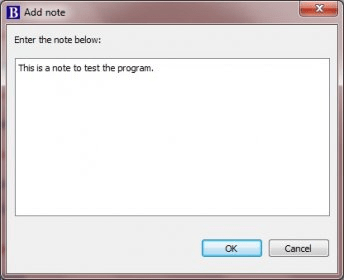

Experimental models have recapitulated these findings, with chronic microglial activation being demonstrated weeks to months after injury. Microglial activation has been demonstrated as early as 72 hours after injury in human TBI victims and can persist for years after injury. In fact, microglia may represent the first line of defense following injury.

Īs the primary mediators of the brain's innate immune response to infection, injury, and disease, microglia react to injury within minutes. Mechanisms implicated in secondary injury after TBI include glutamate excitotoxicity, blood-brain barrier disruption, secondary hemorrhage, ischemia, mitochondrial dysfunction, apoptotic and necrotic cell death, and inflammation. Secondary injury begins minutes after injury and can continue years after the initial insult. TBI is a disease process in which mechanical injury initiates cellular and biochemical changes that perpetuate neuronal injury and death over time, a process known as secondary injury. Although there are few studies that directly examine microglial reaction to trauma-induced A β, data from TBI and AD experimental and human studies will be used to make an argument for a central role of microglia in acute and chronic responses to A β -mediated secondary injury after TBI. This paper will explore the current research on the role of microglia response to A β after TBI. Similar patterns of microglia activation have been demonstrated both acutely and chronically after TBI. In AD, microglia are recruited to newly formed A β plaques, where microglial activation functions as a double-edged sword, promoting beneficial responses such as A β clearance while also eliciting a proinflammatory response. While most of the studies investigating the association of AD and TBI have focused on the accumulation and clearance amyloid- β (A β ), chronic neuroinflammation is also a common feature of AD and TBI, and microglia likely play a central role. The interest grew from several lines of evidence, including epidemiological studies that demonstrated an association of TBI and the development of AD later in life and autopsy studies that showed acute and chronic AD-like pathology in TBI victims. Recently, there has been growing interest in the association between traumatic brain injury (TBI) and Alzheimer's Disease (AD).

This is an open access article distributed under the Creative Commons Attribution License, which permits unrestricted use, distribution, and reproduction in any medium, provided the original work is properly cited. Received 30 November 2011 Accepted 2 March 2012 Whalen 2, 3ġ, Division of Emergency Medicine, Department of Medicine, Children's Hospital Boston, Harvard Medical School, Boston, MA 02124, USAĢ, Neuroscience Center, Massachusetts General Hospital, Harvard Medical School, Charlestown, MA 02129, USAģ, Department of Pediatrics, Massachusetts General Hospital, Harvard Medical School, Charlestown, MA 02129, USA


 0 kommentar(er)
0 kommentar(er)
